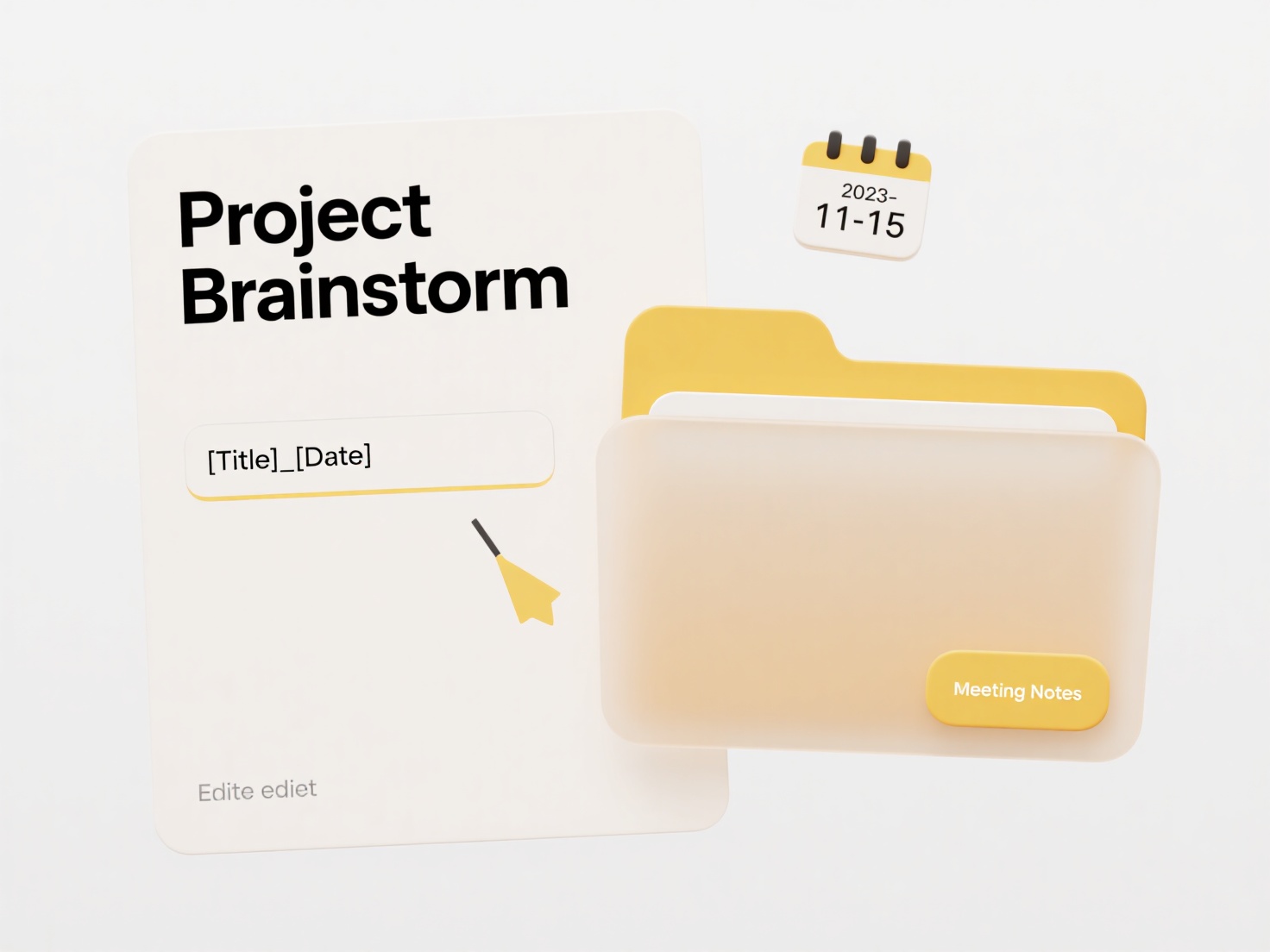
When opening a file, missing images or objects typically occur because the file contains links or references to external assets stored elsewhere on your system or network, rather than embedding the content within the file itself. Software like Adobe Illustrator, AutoCAD, or presentation tools often work this way to keep file sizes manageable. Differences arise from a file merely pointing to the original asset's location rather than containing its data. If that asset is moved, deleted, renamed, or if the file is accessed on a different computer without the asset paths, the software cannot find and display it correctly.

Common examples include architectural drawings in CAD software referencing external detail drawings saved on a server that is offline, or a Keynote presentation linking to high-resolution product photos stored on a specific folder in a marketing lead's laptop. When someone else opens that presentation file on their machine without those exact photos in the specified folder path, placeholder boxes or missing image icons appear instead of the visuals.
The main advantage is smaller file sizes and easier updates to linked assets. However, a significant limitation is the high risk of broken references when files or assets are moved or shared incorrectly, causing confusion and delays. To avoid this, consistently use "Collect" or "Package" features to gather all assets when archiving or sharing, place assets in accessible cloud storage before linking, or embed smaller critical assets directly. Future solutions lean towards tighter cloud service integration for automatic asset management.
Why are images or objects missing when opening the file?
When opening a file, missing images or objects typically occur because the file contains links or references to external assets stored elsewhere on your system or network, rather than embedding the content within the file itself. Software like Adobe Illustrator, AutoCAD, or presentation tools often work this way to keep file sizes manageable. Differences arise from a file merely pointing to the original asset's location rather than containing its data. If that asset is moved, deleted, renamed, or if the file is accessed on a different computer without the asset paths, the software cannot find and display it correctly.

Common examples include architectural drawings in CAD software referencing external detail drawings saved on a server that is offline, or a Keynote presentation linking to high-resolution product photos stored on a specific folder in a marketing lead's laptop. When someone else opens that presentation file on their machine without those exact photos in the specified folder path, placeholder boxes or missing image icons appear instead of the visuals.
The main advantage is smaller file sizes and easier updates to linked assets. However, a significant limitation is the high risk of broken references when files or assets are moved or shared incorrectly, causing confusion and delays. To avoid this, consistently use "Collect" or "Package" features to gather all assets when archiving or sharing, place assets in accessible cloud storage before linking, or embed smaller critical assets directly. Future solutions lean towards tighter cloud service integration for automatic asset management.
Related Recommendations
Quick Article Links
What happens to my local files if I cancel my cloud subscription?
Cancelling a cloud subscription stops your access to the cloud storage service and its features, like syncing or accessi...
Why is my file name not saving correctly on a USB drive?
When saving files to a USB drive, filename issues often stem from incompatible character sets or filesystem limitations ...
How do I rename MP3 files using ID3 tags?
ID3 tags are metadata embedded within MP3 files that store song information like title, artist, album, and track number....